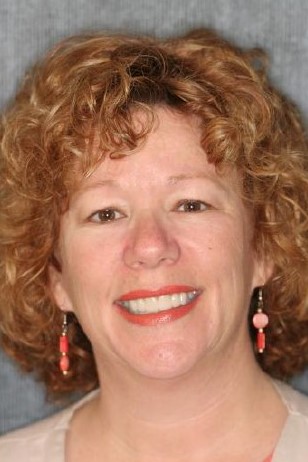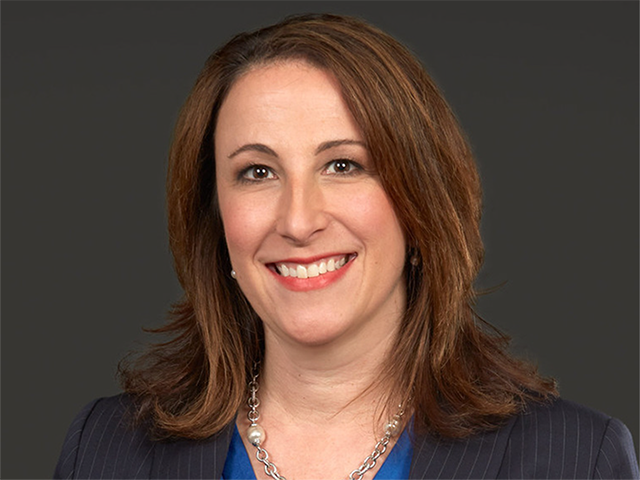Healthcare Surfaces Institute (HSI) Annual Meeting - COVID-19!

Recently, our very own Dr. Caroline Etland attended the Healthcare Surfaces Institute (HSI) Annual Meeting at the University of Texas Health Science Center in Houston. HSI is a non-profit 501(c)(3) organization whose mission is to reduce preventable infections through the collaboration of industry, academia, science, regulatory, and service sectors by interrupting the transmission of surface related pathogens in healthcare in support of community and public health. Present at the conference were microbiologists, surface scientists, infection prevention specialists, environmental services leaders and representatives from the Environmental Protection Agency (EPA) and the National Institutes of Health (NIH). What a timely collection of brain power to come together during a worldwide epidemic of COVID-19!
What’s are healthcare surfaces? They are everything from bedside tables to computer keyboards to endoscopes. The role of healthcare surfaces in preventing or facilitating Hospital-Acquired Infections (HAI) is not well understood. HSI coordinates a series of activities and conducts research on the role of healthcare surfaces in the transmission of pathogens. The need to ensure surfaces we touch are clean has never seemed more important.
Presentations at the conference included managing infectious outbreaks in healthcare facilities, testing of disinfectants for efficacy, training of all levels of healthcare workers and manufacturing methods of products used by nurses every day. Exciting updates of antimicrobial products new to market generated much discussion about product claims and practicality of instructions for use. A systematic review of the role of healthcare surfaces in pathogen transfer was presented by a panel Dr. Etland facilitated, and identified clear gaps in evidence and a call for action.
Despite handwashing being the main focus of attention in preventing infection, we know that cleaning practices and certain materials are inherently prone to surface breakdown and colonization by bacteria and other harmful pathogens. Yet few clinicians are aware that recommended cleaning practices (e.g. bleach) not only destroy the appearance of medical equipment and furniture but also pockmark the surface making it impossible to completely remove bacteria, viruses and spores.
- Did you know you really can’t disinfect granite?
- Do we think about how ceramic floor tile harbor pathogens at a high rate and is difficult to eliminate them effectively?
- When we place out purses or computers on a countertop, do we realize that we don’t know what invisible bugs adhere to our personal items that we then transfer to the next surface?
- Why do we allow our healthcare workers to walk around hospitals with shoe covers and masks, or let employees go home wearing the scrubs from the hospital?
Yet, we place blame for HAIs primarily on healthcare workers when many of the prevention practices we have been taught are difficult to sustain in the fast-paced hospital environment. Healthcare workers need additional environmental products and controls to supplement good hygiene practices. In particular, independent sources must validate manufacturer claims by rigorous standardized testing.
Gaps in the science regarding compatibility of cleaning materials with surfaces, and training of healthcare workers about proper cleaning practices were a primary focus of discussion, with an identified need to conduct additional research NOW to generate new knowledge and disseminate evidence globally. Laboratory research is essential to establishing baseline evidence but testing environmental controls and cleaning practices in real-world clinical settings will truly reveal what works and what doesn’t. With the current coronavirus outbreak there is great individual motivation to reduce pathogen transfer and identify links to HAIs where they exist. Nurses must collaborate with other healthcare professionals to drive organizational change by being informed and participating in implementation of evidence in the clinical setting, as well as participating in research activities to conduct high-quality research. We can make change happen and reduce harm to patients and healthcare professionals…
For questions about this article, please contact Dr. Etland at cetland@sandiego.edu.
For more information, please click here: https://reflectionsipc.com/2020/03/05/developing-antimicrobial-smart-surfaces-to-tackle-hcai-and-amr/
Dr. Caroline Etland is an Associate Professor and Kaye M. Woltman and Melisa R. McGuire Palliative Care Fellow at the University of San Diego Hahn School of Nursing and Health Science.
Contact:
Hahn School of Nursing and Health Science
nursing@sandiego.edu
(619) 260-4548



